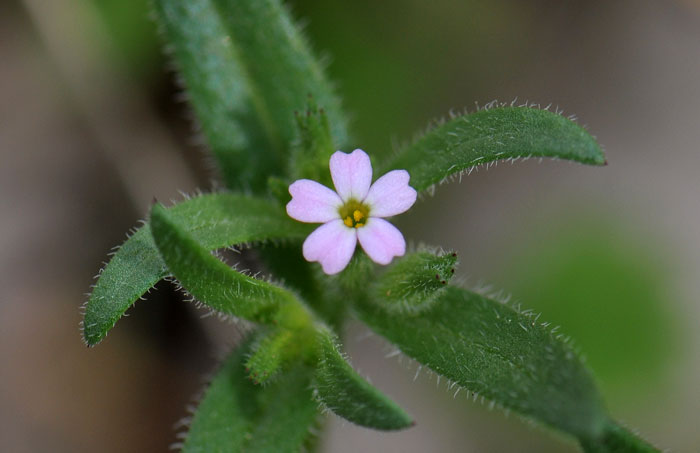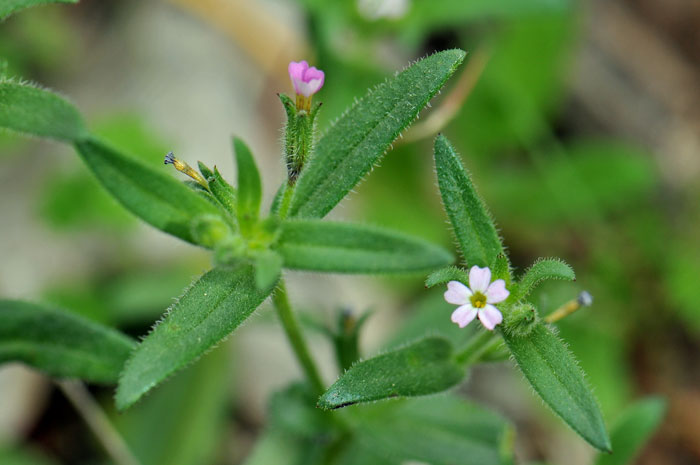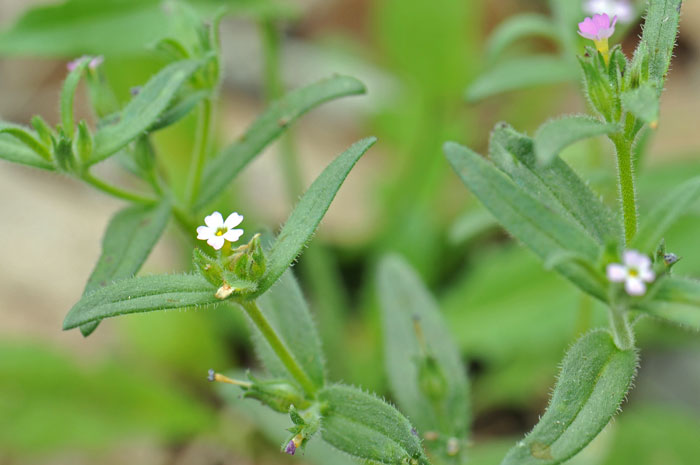Phlox (Microsteris) gracilis, Slender Phlox




Scientific Name: Phlox (Microsteris) gracilis
Common Name: Slender Phlox
Also Called:
Family: Polemoniaceae, Jacob’s Ladder or Phlox Family
Synonyms: (Gilia gracilis, Phlox gracilis subsp. gracilis, Microsteris gracilis, Microsteris gracilis subsp. humilis)
Status: Native
Duration: Annual
Size: Up to 7 inches more or less.
Growth Form: Forb/herb; upper parts are glandular hairy, stems decumbent, highly branched or may be simple and erect.
Leaves: Green; opposite, although on the upper stems leaves are alternate, leaf shape is variable from oblanceolate to lanceolate (see photos above).
Flower Color: White to pink; petals notched, corolla tube with yellow (see photo above), corolla lobes longer then sepal lobes,
Flowering Season: February to May, March to August in California.
Elevation: 3,000 to 7,000 feet.
Habitat Preferences: Dry or moist soil, around springs and along streams.
Recorded Range: Phlox gracilis is found mostly in the far western parts of North America from Mexico north to the Yukon Territory.
In Arizona it occurs throughout much of the state but few records in the southwest and southeast areas. It is also native to Baja California and northern Mexico.
North America & US County Distribution Map for Phlox gracilis. (=Microsteris gracilis var. gracilis).
U.S. Weed Information: No information available.
Invasive/Noxious Weed Information: No information available.
Wetland Indicator: No information available.
Threatened/Endangered Information: No information available.
Genus Information:
USDA Plants.gov includes 1 species for the genus Microsteris.
The Plant List includes 2 accepted species names for the genus Microsteris.
USDA Plants.gov includes 72 species for the genus Phlox.
The Plant List includes 85 accepted species names for the genus Phlox.
Comments: The type specimen for Phlox gracilis is from Coconino County, Flagstaff, AZ.
In Southwest Desert Flora also see; Showy Phlox, Phlox speciosa and Santa Catalina Mountain Phlox, Phlox tenuifolia.

